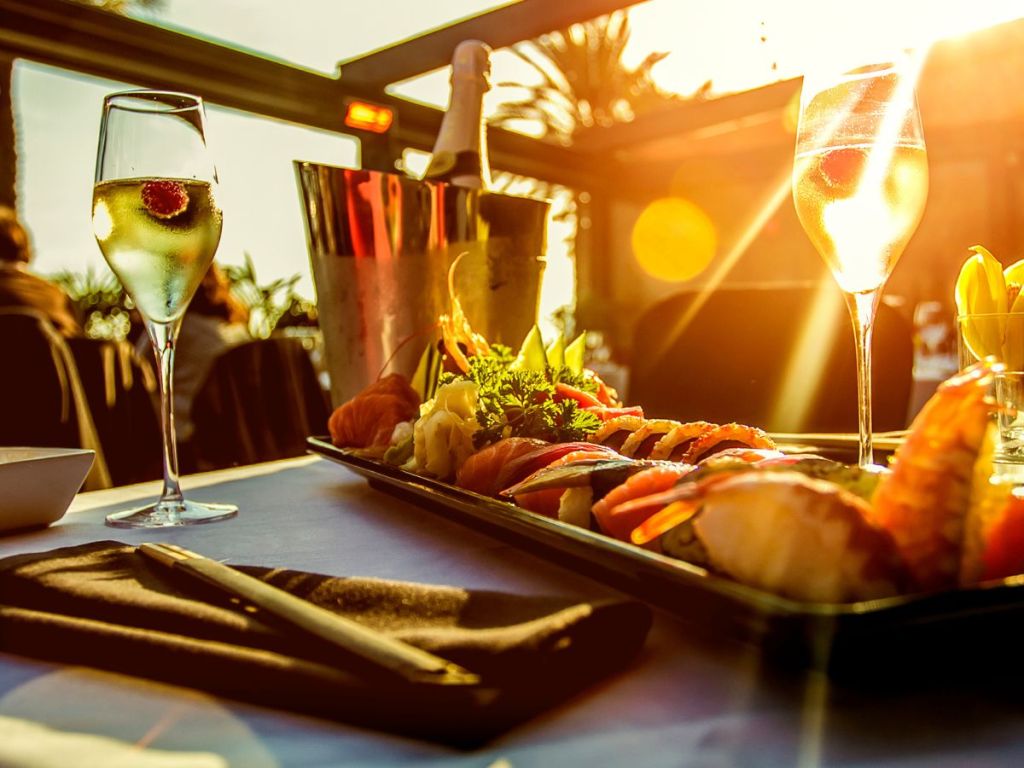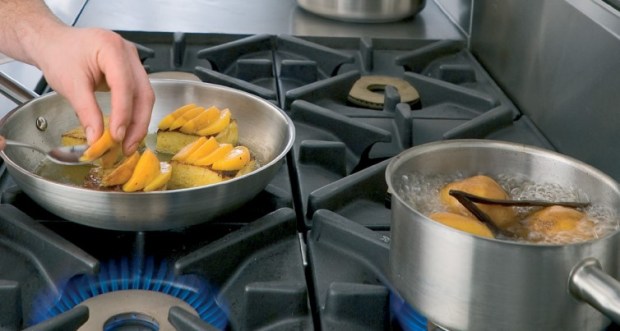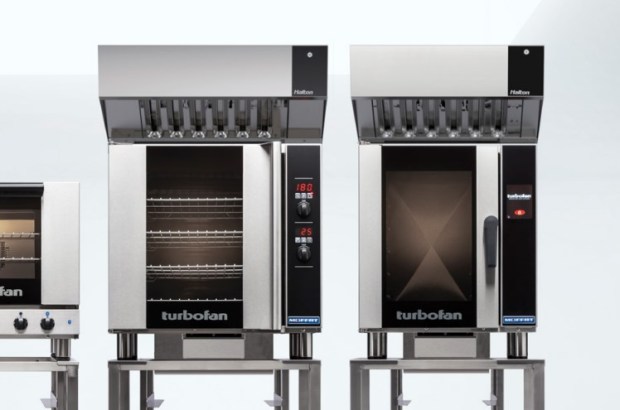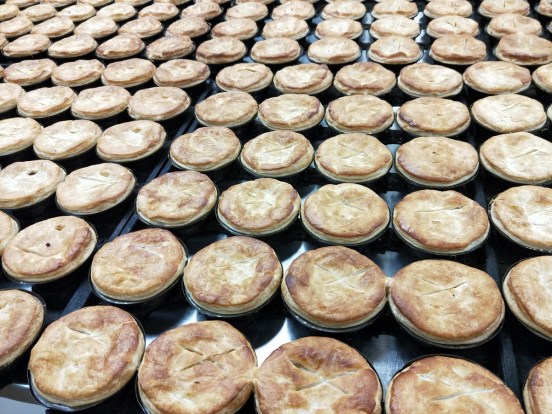This month’s research from CGA by NielsenIQ*, highlights recent public holidays have seen consumers return to the On Premise.
The latest research into the New Zealand On Premise activity reveals that visitation has dipped slightly over the past month, particularly across food-led visits which have declined 4 percentage points since September – in contrast drinks-led visits have remained stable.
Consumers are also visiting pubs, bars and restaurants slightly less than usual, however the one in five consumers who are visiting the On Premise more often are balancing out the two in five who are going out less often than usual.
Of those who are visiting more frequently, around half are doing so to treat themselves while one in three are doing so to make up previous missed occasions – suggesting there’s still pent-up demand following COVID-19 restrictions easing.
For those visiting less often, the reasons driving this change in behaviour are linked to cost of living increases (63%) and price increases in eating and drinking out (51%). However, over a third of consumers are still visiting the On Premise once or twice a week, with 56% visiting once or twice a month.
Although the announcement came unexpectedly, the recent public holiday for the National Day of Mourning for the late Queen Elizabeth II saw one in five consumers visit the On Premise in New Zealand, with consumers visiting mostly for a meal (58%), to catch up with friends and family (41%) and to ‘get out of the house’ (33%).
James Phillips, Director of Client Solutions, Asia Pacific, says “As many consumers use public holidays to socialise in the On Premise with loved ones, operators should focus on marketing their food offerings in the lead up to a public holiday – and emphasise the ability to provide an enjoyable experience for those intimate gatherings with friends and family in order to capture as much custom as possible.
“Public holidays can be a great opportunity to target to give a boost to category sales, with OPUS, CGA’s consumer research solution, highlighting that the public holiday On Premise visitor over-indexes when it comes to both beer and spirits consumption.”
Dining Out Back On Menu Says RANZ members
Meanwhile dining out is back on the menu as consumer preferences for takeaways slows down, reports the latest Restaurant Association survey.
The New Zealand Restaurant Association Diner Survey finds diners are returning to on-premise dining with an average increase of dining out frequency of 25 per cent in the last year.
Since 2021, the average takeaway frequency has decreased by 25 per cent whilst 29 per cent of diners also said they intended over the next six months to continue to purchase less takeaways.
Average dining out frequency is set to increase further with one in three people saying they intended to dine out more. Only six per cent said they intend to dine out less.
The responses come from the latest survey from the association which looked at the eating out habits of the New Zealand consumer.
Responses were collated from 2000 Kiwis, who revealed the role eating out plays in our daily lives.
The frequency of dining out is directly related to income with those earning more than $80K eating out 30 per cent more often than others.
When it came to average spend however there is only a small difference in reported spending per week on dining between these groups. The average per-person spending was $78 per week across all dining out and takeaways.
Generation X are spending more on dining out than any other age group, with those aged 46- 55 claiming to spend on average $91 per week at hospitality venues.
Spend for the 31- 36-year-old age group was on average $85 per week while those younger than 25 had an average spend of less than $35 per week.
Those below 40 are more likely than not to dine out at least once a week, and those younger than 30 have the highest dining out frequency with 13 per cent claiming they eat out more than four times per week.
When choosing takeaways, one third of respondents claimed familiarity with the establishment was the most important factor while another third of respondents stated range was the most important.
Being able to order online was also important with four in 10 respondents citing this as their top priority. These factors rated in importance above price or deals.
When ordering takeaways, only 15 per cent said they used third party apps like Uber Eats or MenuLog, while the preferred method was to phone the establishment directly or use the business’s own website to do so. Less than 20 per cent preferred to order in person.
Inflationary pressures have also had some impact on dining out frequency with those that own their own home and those that have seen a drop in their household income showing a lower rate of dining out.
When it came to cuisine preferences modern New Zealand cuisine was seen as the most popular with 60 per cent ranking it in their top three choices followed by Italian and Vietnamese taking strong preferences as well.
Google was by far the most common way to find out about a new establishment with 53 per cent saying they would Google the business, followed by going directly to an establishment’s own website. 45 per cent went to a business’s social media page to find out more.
However, word of mouth is still an important source of referrals with 15 per cent still relying on information from friends and family. 15 per cent said they regularly use friends and family to find out more info about a place but 43 per cent say they value recommendations if they get them. When compared to age those in younger age brackets (75 per cent of those under 35) relied on social media more than those in older brackets (32% of those under 54) who leaned more towards information from friends and family.
Main motivations for dining out however were very clear. Enjoying good food was ranked as the top choice by more than 90 per cent of respondents while factors such as needing to eat or lack of time were only important to less than 10 per cent. Enjoying the social aspect of dining and taking part in special occasions such as birthdays were ranked by a quarter of respondents as important reasons for dining out as well.
When asked what factors influenced their selection of an establishment, 82 per cent of respondents ranked knowing the place had great food in their top five priorities. Just over half ranked value for money as a top priority. Deals and offers only ranked important for 15 per cent of people which was down from 35 per cent in 2021.
The Dining Out Experience
For 2022 having a good experience in an establishment was most influenced by service, followed by food quality and cleanliness This observation along with the factors that influence the selection of an establishment could be said to confirm the age-old saying that diners come for the food but come back for the service.
When asked about what makes a bad experience when dining out the same factors were mirrored, with 87 per cent of respondents selecting service, 80 per cent selecting food and 73 per cent selecting cleanliness as top priorities. However, two thirds said long wait times and poor value for money were also contributing factors.
“2022 has been a year of regeneration for the hospitality industry, with the relaxation of Covid restrictions providing fewer interruptions to dining out,” said Restaurant Association CEO Marisa Bidois.
“Customer hesitancy has still been a factor at different times over the year and the industry has faced new impacts such as staffing shortages, increased costs and cost of living increases affecting consumers’ ability to spend.
“It’s clear, however, that confidence is returning and that this brings with it a desire to once again enjoy the pleasures of dining out.”
*The New Zealand On Premise Consumer Pulse from CGA NielsenIQ is a free report that is updated every four weeks.








